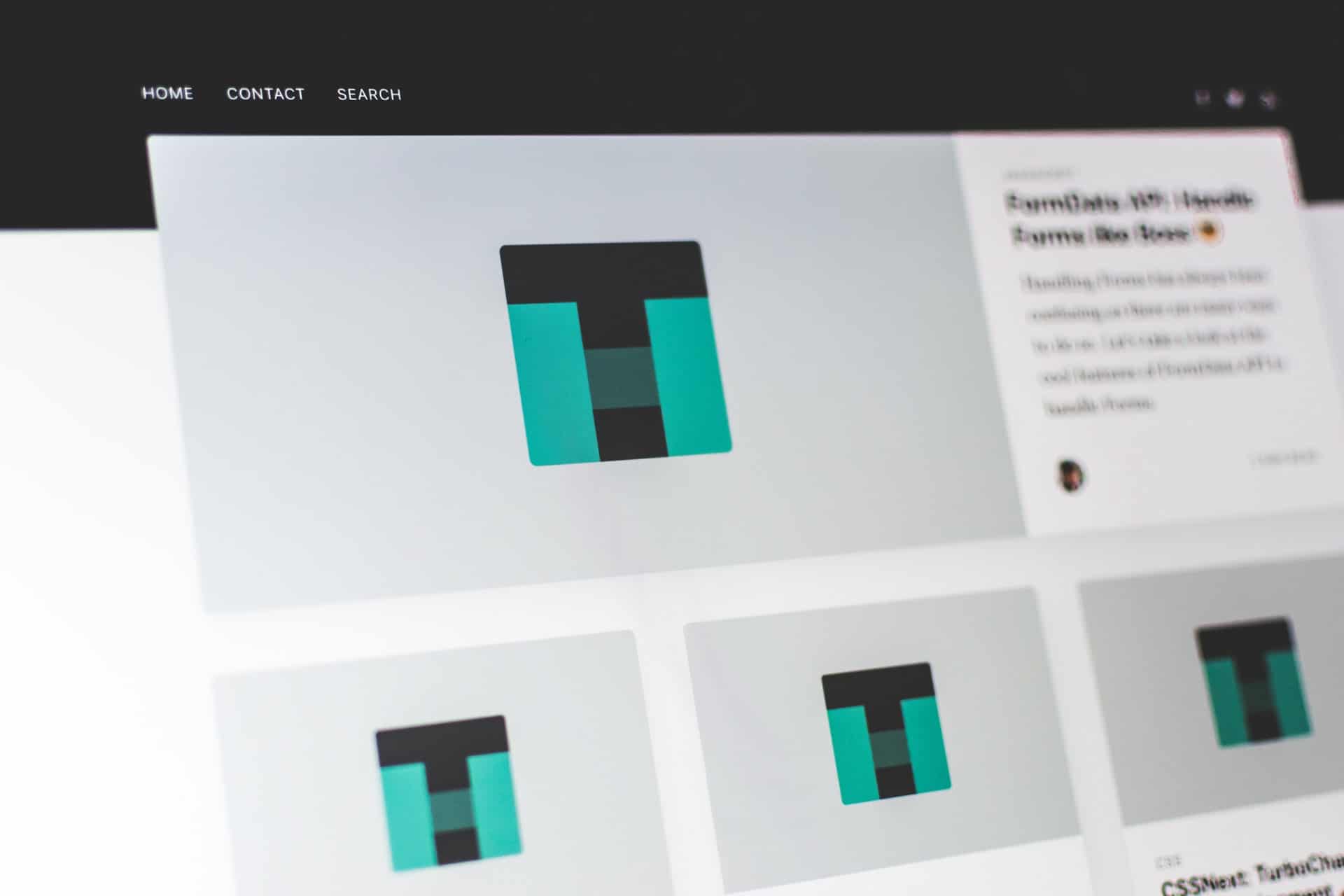The term “web design accessibility” is increasingly being bounced around in the online business world—there’s a good chance you’ve heard of it. But, the question is, with the umpteenth updates and merging and re-merging new functionalities, how does one go about keeping their website ADA compliant. Just what does ADA compliant mean?
Myths About ADA Compliance
Myth: “No one enforces the ADA, so we don’t have to pay attention to it.”
This is one of the most pervasive myths out there regarding ADA compliance.
The fact is ADA is a complaint-driven law. If anyone with a disability (or someone on their behalf) feels they have been discriminated against, they can file a complaint against a facility directly with the U.S. Department of Justice or Federal Court. The financial and remedial penalties are harsh, and in case of a violation defending against such a complaint can prove costly.
Many people related to information dissemination still are not aware of what ADA compliance standards entail—or how and when they can impact a business.

In order to understand ADA compliance better, let’s first understand what the intent behind the ADA was.
Making websites accessible wasn’t the intent of the original plan when the American Disabilities Act was first enacted in 1990. The internet was still in an infancy stage back then, and the initial act was focused on making buildings and other tangible structures accessible to people with disabilities. However, the 2009 update brought it to the fore. Both the Congress in updating the act and the courts in enforcing it to have web accessibility on its mind, indicated by the growing number of rulings on website accessibility.
What Does ADA Website Compliance Mean?
ADA stands for the Americans with Disabilities Act, which was signed in 1990. The act was further amended in 2009 to expand the explicit definition of disabilities. The website accessibility element was prompted by the piece of the original law that said, “take steps necessary to communicate effectively with customers with vision, hearing, and speech disabilities.”. The website of a business is a form of communication with the customer, and thus the ADA, in an effort to provide “fair and equal access”, sets the requirements for web accessibility.
This fair and equal doctrine also includes access to online services, creating a lot of confusion around which websites are to comply with the ADA.
What Does It Mean to Have ADA Website Compliance?
The answer to the question “what does ADA compliant mean?” is not too complex, but it involves following quite a number of regulations. Although the ADA regulation, even after its update in 2009, hasn’t explicitly addressed websites or the Internet. As we mentioned the confusion earlier, it is because the ADA regulation, even past the update in 2009, hasn’t put through a clear roadmap on how ADA is applicable on websites and the Internet. To fill this gap, several parties in the web development community, specifically the World Wide Web Consortium (or W3C), have put out guidelines to make websites accessible to all.

The W3C guidelines that detail website accessibility are called the Web Content Accessibility Guidelines (WCAG). They are currently on version 2.1. According to WCAG (pronounced wu-cag), there are at least three different levels of accessibility compliance, namely:
Level A: Provides the minimum level of accessibility of a website
Level A.A.: Deals with the most common barriers that impact access to web content
Level AAA: The most thorough level of accessibility achieved.
The Question That Remains Is Who Is Subject to ADA Website Compliance?
It isn’t mandatory for all businesses to comply with the ADA’s website compliance guidelines or implement WCAG. Only the following businesses have to follow the ADA guidelines:
- State and local governments
- Private businesses with 15+ employees
- Nonprofits and charities with 15+ employees
- Companies relying on the public or that benefit the public (basically, any place the public enters regularly)
It is important to note that the goal of making your website accessible to all shouldn’t be to comply with the ADA requirements but to expand the customer base you are trying to acquire. With 19 million Americans suffering from one disability or another, making your website accessible will only bring a new clientele to your online business.
Once you provide fair and equal access to all at your website, it may do wonders to your online reputation with the public in general!
How to Meet Web Content Accessibility Guidelines
All ADA compliant websites need to pass four main concepts to qualify as a website accessible to all. These four concepts combined are commonly depicted using the acronym POUR. We will examine in detail each of the concepts and how they can make a website more accessible for website design.
Unfortunately, there are no quick fixes to ADA compliance to make websites accessible. Using any apps or services cannot bring your website into compliance. What you need is a compliance expert.

It is important to remember, ADA compliance is a process, but it isn’t impossible. Here’s all that you need to know.
The World-Wide-Web Consortium, or W3C, has also established the Web Content Accessibility Guidelines (WCAG) for just that purpose. It simplifies the process of bringing your web presence into compliance with the laws.
According to the WCAG, to be compliant, web content must be:
- Perceivable
- Understandable
- Operable
- Robust
Let’s take a look at what it’ll look like in practice?
Perceivable
Your website is considered perceivable when more than one of your senses, for example, your vision or sight, is able to access and process the content on your website. By allowing it to be processed by more than one sense, you are not limiting users with that one sense unavailable to enjoy that element on your website thoroughly.
Another tool that makes audio content readily available to users hard of hearing is closed captioning. However, it is essential to consider that closed captioning is not added to simply plug the hole of compliance and that the closed caption text used by most sites is often inaccurate.
Operable
One of the biggest challenges for making a website accessible is to make it so that it is operable by all users regardless of how they adapt to using the web. This means providing controls that allow a user to navigate the website without a mouse.
In addition, making a website operable requires it to be used via either a keyboard or a mouse, a website where the users can turn off automated features like an automatic scroll or a time limit for usability and each page being titled. The use of adaptive technologies also goes a long way towards making the website accessible. Creating a website that responds to touchscreens or screen readers is a big plus.

There are many features that make it attractive for some users while triggering physical symptoms for others. Things like strobe lights and other experience-enhancing features with lots of moving parts can make the user interface difficult to use for some users.
Understandable
This is where the clarity, presentation, color schemes, and the like come into play in terms of accessibility. To ensure that all users can read through, identify and understand the directions and are accommodated in the native language are all parts of making a website understandable.
They are creating an intuitive website layout so that users can navigate through the site without having to spend significant amounts of time getting to know it. For example, having menus, search bars, and other features uniformly in the same spot on the screen goes a long way to making a website accessible.
Helpful instructions and verification errors for completing forms and other processing inputs are required to make a website understandable.
Robust
A website is considered robust when it is operable and compatible with a majority of browsers and assistive software such as screen readers.
Additionally, it is critical to adapt your website to be compatible with various screen sizes and device displays.
Meeting the POUR standards described above makes a website accessible to everyone and is ADA compliant.
In conclusion, having a website be accessible and continuously updating it to meet the latest improvements in assistive technologies will help your website remain ADA compliant. It is important to remember that an ADA compliant webpage is not only good for avoiding costly lawsuits, but it is also good for business and in attracting a broader user base to consume your product and your content.